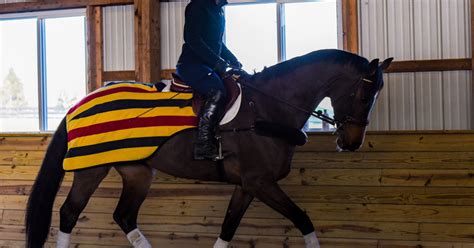Conquering the Cold: A Rider's Guide to Warmth
Riding in cold weather presents unique challenges. Hypothermia is a real threat, and even mild discomfort can significantly impact your riding performance and enjoyment. This comprehensive guide will equip you with the knowledge and strategies to conquer the cold and stay warm, safe, and comfortable on your next winter ride. We'll explore everything from layering techniques to choosing the right gear, addressing common concerns and ensuring you can enjoy the thrill of riding year-round.
What are the dangers of riding in cold weather?
Riding in cold weather exposes you to several significant risks. The most serious is hypothermia, a dangerous drop in body temperature that can lead to serious health complications or even death. Other risks include:
- Reduced dexterity: Cold hands and fingers impair your ability to operate controls effectively.
- Impaired judgment: Cold weather can affect cognitive function, leading to poor decision-making.
- Increased risk of falls: Icy roads and reduced visibility increase the chance of accidents.
- Frostbite: Exposure to extreme cold can cause tissue damage in extremities.
What are the best layers to wear while riding a motorcycle in cold weather?
Layering is crucial for effective cold weather riding. The goal is to trap warm air close to your body while allowing moisture to escape. A good layering system typically consists of three layers:
1. Base Layer: This layer sits next to your skin and wicks moisture away. Avoid cotton, which retains moisture and chills you. Opt for synthetic materials like polyester or merino wool.
2. Mid Layer: This layer provides insulation. Fleece jackets or lightweight down jackets are excellent choices. The goal is to trap heat without restricting movement.
3. Outer Layer: This layer protects you from wind and rain. A waterproof and windproof jacket and pants are essential. Look for breathable materials to prevent overheating and sweating.
What type of motorcycle gear is best for cold weather riding?
Beyond layering, specialized gear can significantly enhance your warmth and comfort:
- Heated Gear: Heated jackets, gloves, and vests offer an extra layer of warmth, particularly on extremely cold days.
- Waterproof Boots: Keep your feet dry and warm with insulated, waterproof boots.
- Waterproof Gloves: Choose gloves with good insulation and dexterity. Consider heated gloves if you experience frequent cold hands.
- Balaclava or Neck Gaiter: Protect your face and neck from wind chill.
- Helmet Liner: A warm helmet liner adds a crucial layer of insulation inside your helmet.
How do I stay warm while riding a motorcycle in cold weather?
Staying warm isn't just about the gear you wear; it's also about your riding habits and preparation:
- Pre-ride warm-up: Warm up before you start riding to increase blood flow and body temperature.
- Take breaks: Regular stops allow you to warm up and rehydrate.
- Stay hydrated: Dehydration can exacerbate the effects of cold.
- Choose your route wisely: Avoid exposed areas and high-wind zones whenever possible.
- Be aware of weather changes: Check the forecast before you leave and be prepared for unexpected changes.
How can I keep my hands and feet warm while riding a motorcycle in cold weather?
Keeping your extremities warm is crucial. Here are some additional tips:
- Hand and foot warmers: Chemical hand and foot warmers provide extra warmth, especially on extremely cold days.
- Proper glove and boot fit: Ill-fitting gloves and boots can restrict blood flow and reduce warmth.
- Insulated grips: Consider installing heated grips on your handlebars for added hand warmth.
What are some common mistakes people make when riding in cold weather?
- Underdressing: This is the most common mistake. It's always better to overdress slightly than to be underprepared.
- Ignoring weather forecasts: Failing to check the forecast and prepare accordingly can lead to dangerous situations.
- Rushing: Take your time, dress properly, and allow extra time for your journey.
- Not taking breaks: Regular stops are essential to prevent hypothermia and fatigue.
Conclusion:
Conquering the cold requires careful planning and preparation. By understanding the risks, layering effectively, choosing the right gear, and practicing safe riding habits, you can enjoy the thrill of riding year-round while staying warm, safe, and comfortable. Remember, your safety is paramount, and being adequately prepared is the best way to ensure a safe and enjoyable ride.

